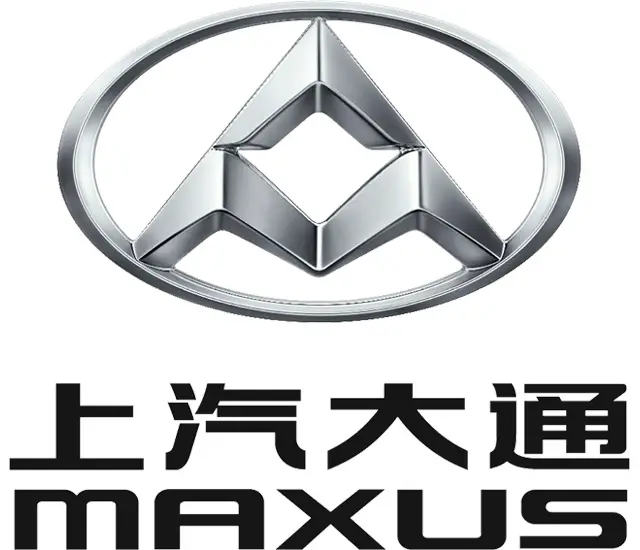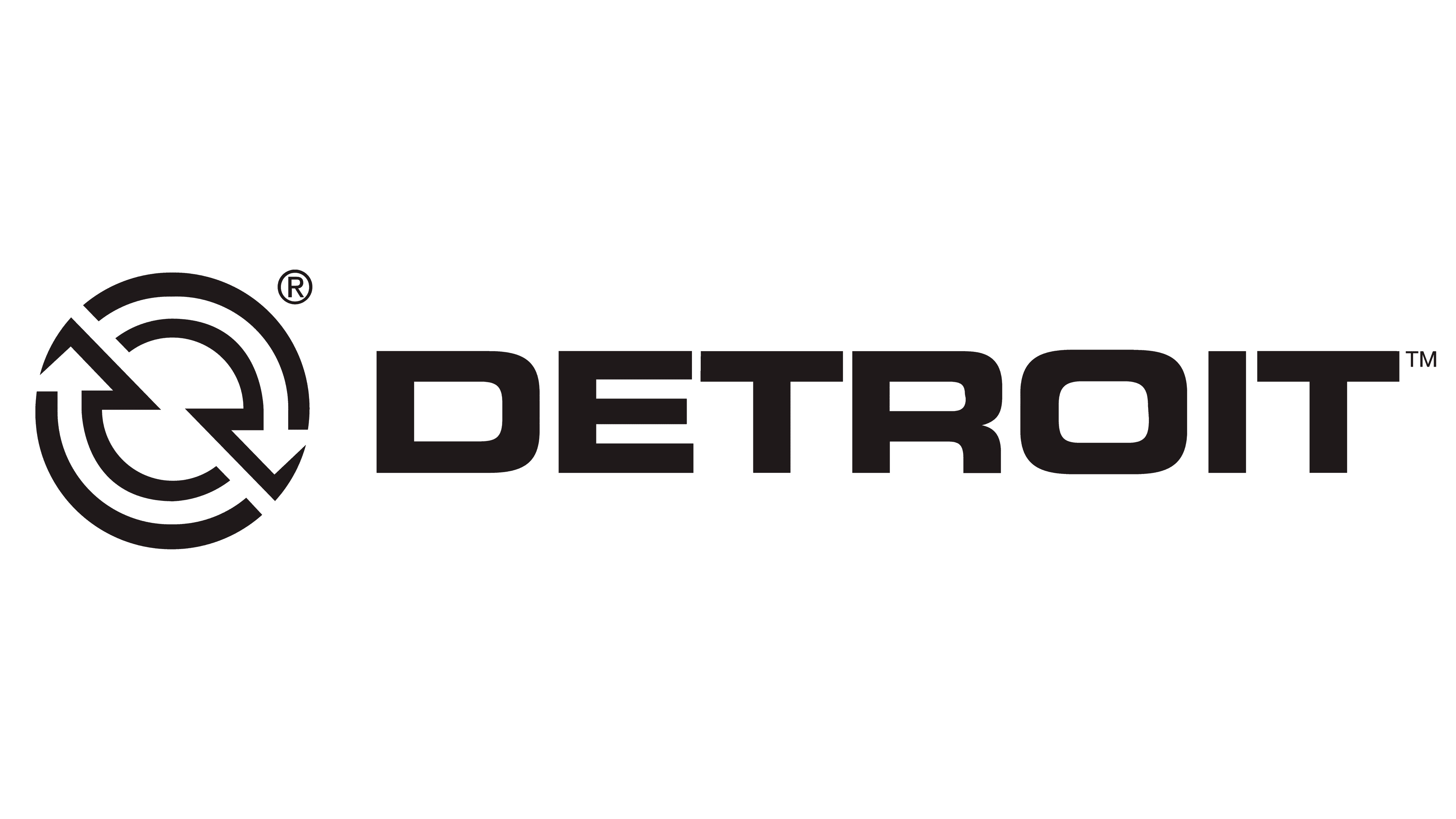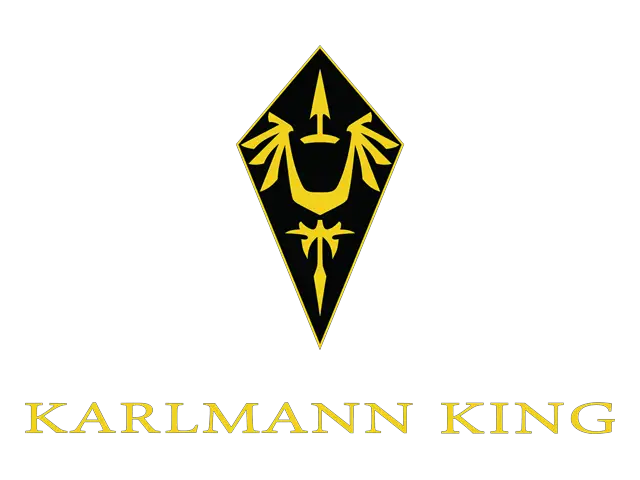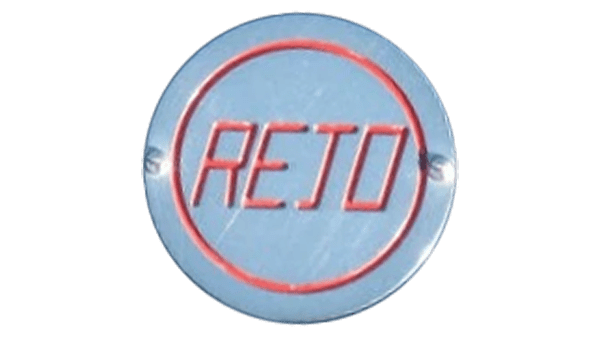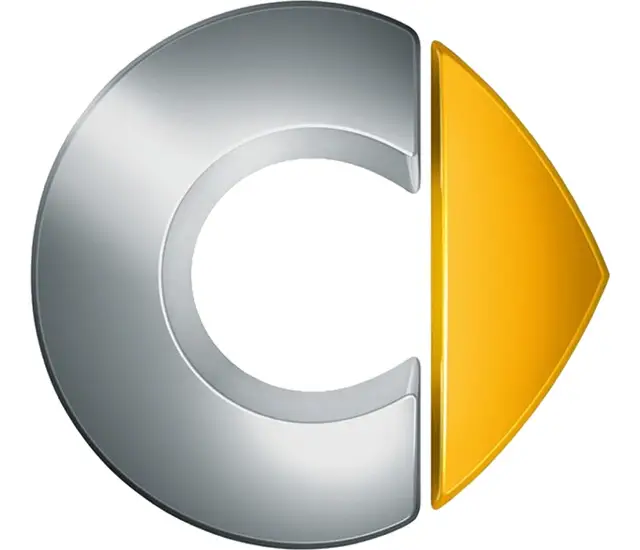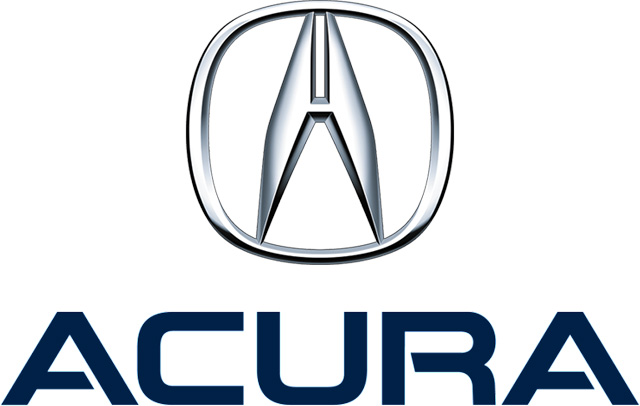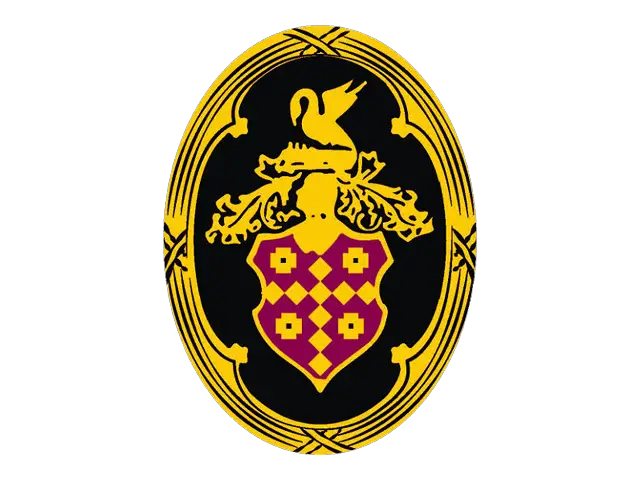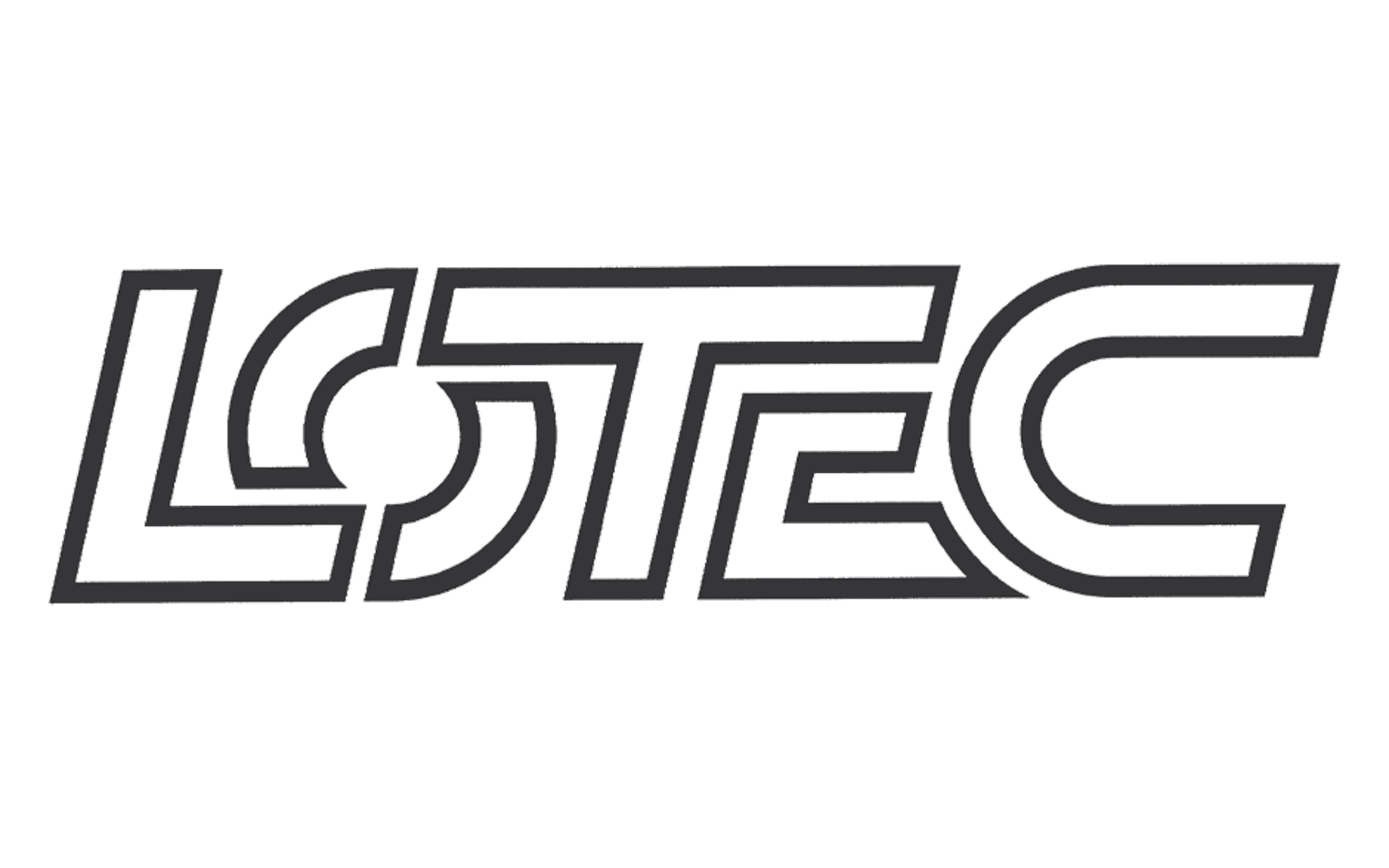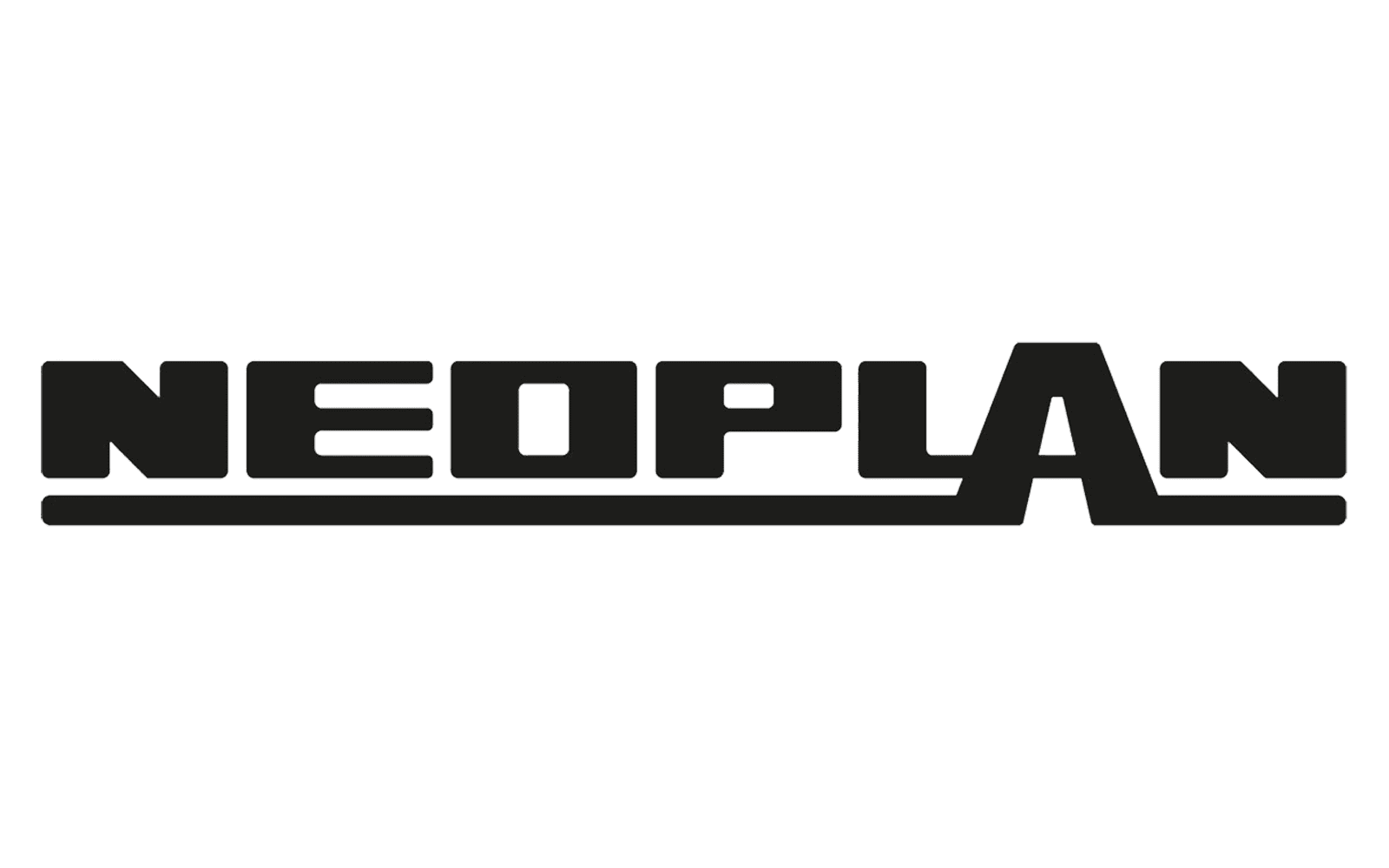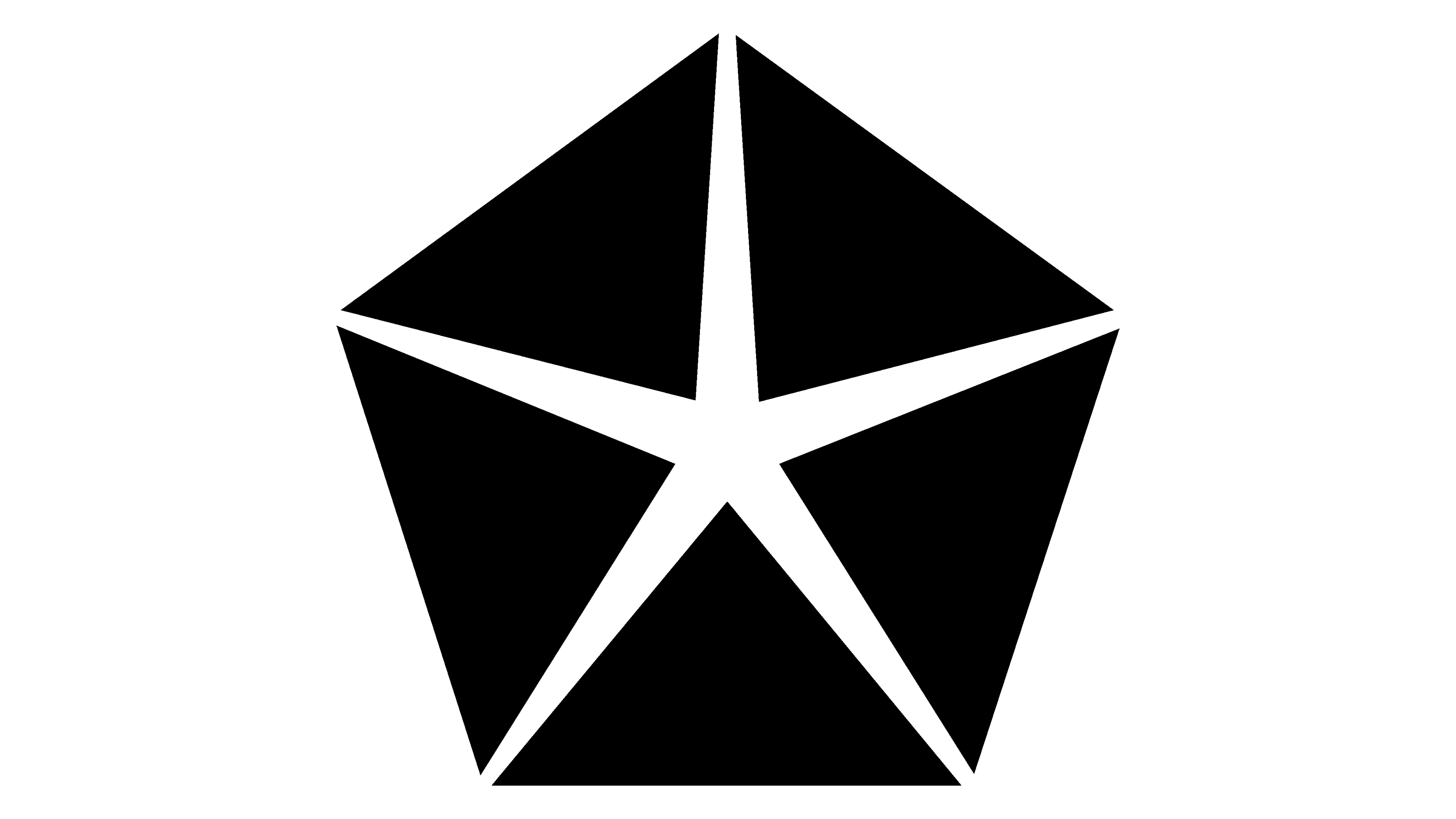dacia Logo - History, Design, and Meaning
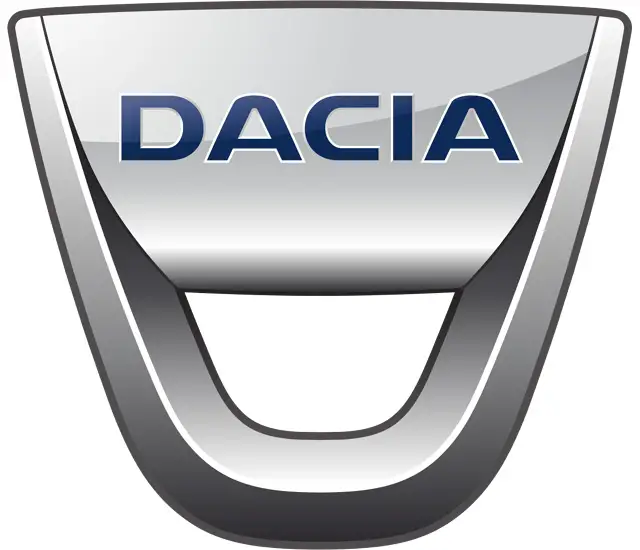
Company Overview
Automobile Dacia S.A. is a Romanian car manufacturer owned by the French company Renault since 1999.
Key Information
- Founded: 1966
- Founder(s): Romanian government
- Headquarters: Mioveni, Argeș, Romania
dacia Logo Meaning and History

For the first two decades of its history, the Romanian car manufacturer was known as UAP and featured a strong, traditional heraldic logo, which has evolved into a modern minimalist emblem, reflecting the brand's progress and growth.
What is Dacia?
Dacia is one of the European cars Marques, known for the production of sedans and city cars in the low and medium budges segment. Owned by Renault Group, it was established in Romania in 1966.
The original UAP logo consisted of a traditional crest with a black top section and a thin silver outline. The black banner of the badge included sleek silver lettering in a custom typeface, with a unique contour for the letter 'A'.

The main part of the crest featured a light sky-blue background with a brown eagle perched on a stylized mountain, executed in green and white.
The eagle symbolized strength and determination, while the landscape paid tribute to Romania. This detailed and memorable badge remained with the brand for ten years.
In 1978, the badge became three-dimensional, and the color palette was simplified to black and silver. The eagle, now in metallic gray, became more abstract, as did the mountains. The 'UAP' lettering became more visible and eye-catching with the new color scheme.
After Renault acquired the marque in 1990, the name changed to Dacia, and a new badge was introduced. This was a simple monochrome crest with traditional contouring. The crest's body was plain black, featuring white old-style lettering at the top and a double black and white outline.

Both 'A' letters in the new wordmark resembled the 'UAP' inscription, with their upper bars smoothly elongated.
In 1997, the monochrome palette of the Dacia logo was replaced by blue and white, making the badge more recognizable and dynamic, adding freshness to the company's visual identity. The outline was removed, balanced by an enlarged white inscription. The iconic 'A' letters retained their recognizable contours.

In 2003, significant changes were made to Dacia's visual identity. While the color palette remained blue and white, and the crest's shape was slightly refined, the mood, style, and character of the badge became completely different. The bright blue crest with a thick gray outline featured a white wordmark in a new sharp typeface with pointed edges, placed above a geometric pattern of right angles in a lighter blue shade.
The first version of the badge seen today was introduced in 2008. It is a modern interpretation of the classic crest, executed in glossy metallic color with smooth, sleek contours. The shield-like emblem has a rounded bottom part with a hole, mirroring the badge's shape. Above it is a blue 'Dacia' inscription in a soft modern sans-serif font, with a delicate white outline for visibility on the gradient surface.

In 2015, the logo's lines and colors were refined. The color palette and shapes remained the same, but slightly enhanced shades and accents gave the badge a strong and professional appearance.

The Dacia logotype is executed in a custom sans-serif typeface, likely based on fonts such as Tussilago Heavy, Kinn Bold, or Nulshock Bold. The letter contours are cleaned and modernized, being rounded and extended.

The silver and blue color palette of the badge is a popular combination not only among car brands but also technology and electronics companies, as it evokes a sense of high quality, trustworthiness, and responsibility.

The lines and colors of the logo have been refined in 2015. The color palette and shapes remained the same, but due to slightly elevated shades and accents, the badge started looking really strong and professional.


The Dacia logotype is executed in a custom sans-serif typeface, which is probably based on one of the following fonts: Tussilago Heavy, Kinn Bold, or Nulshock Bold. But the contours of the letters are cleaned and modernized, being rounded and extended.
The silver and blue color palette of the badge is one of the most popular combinations among not only car brands, but also technology and electronic companies, as this scheme evokes a sense of high quality, trustworthiness and responsibility.
